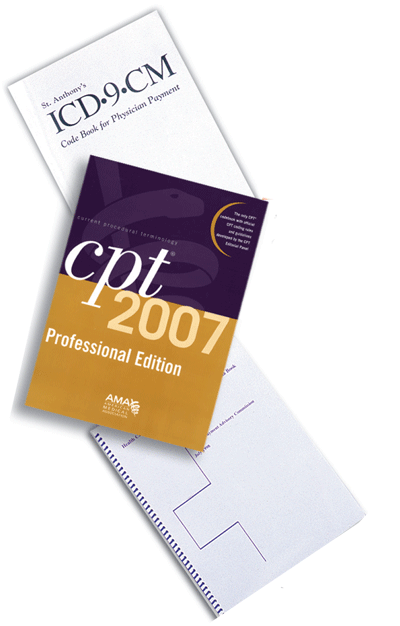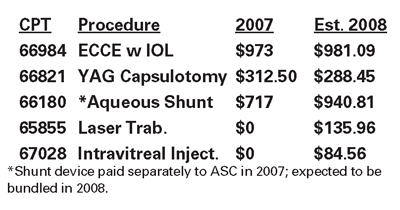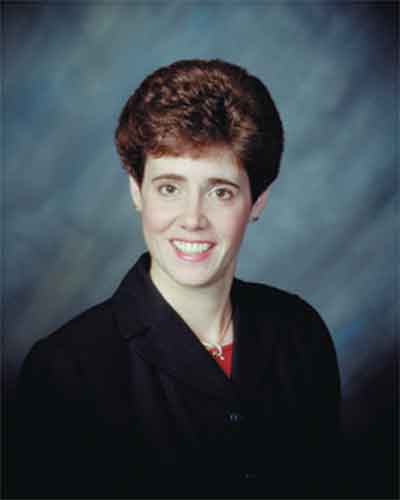 Q: Why is the
Q: Why is the
A: The Medicare Modernization Act of 2003 required a new ASC payment system effective no later than January 1, 2008. Once fully implemented, it is estimated that ophthalmology will see a gain of 5 percent. Some subspecialties within ophthalmology will realize higher facility reimbursements than others. Minimal changes, approximately 1 percent, in reimbursement are expected in 2008 due to the transition formula.
The new payment system phases in over four years. This phase-in provides ASCs an opportunity to adjust to anticipated payment decreases and increases. The phase-in formula for 2008 uses a 75/25 blend. Payment will equal 75 percent of the 2007 ASC rate added to 25 percent of the revised 2008 rate for the specific procedure. If the procedure does not have an ASC rate because it is currently excluded from the list, it will be paid at the fully implemented ASC rate beginning in 2008. The transition formula for 2009 and 2010 will be 50/50 and 25/75 respectively. Fully implemented rates for all procedures take effect in 2011.
Q: Are there approximate reimbursement numbers available for review?
A: Yes. The Final Rule (published in the Aug. 2, 2007 Federal Register) contains Addendum AA and BB providing illustrative CY 2008 ASC reimbursement rates. Examples of ophthalmic procedures comparing national 2007 reimbursements to estimated 2008 reimbursements are listed in the following table.
Q: Does the new system change the list of covered procedures eligible for facility reimbursement?
A: Yes. Currently, the system is an inclusion system, and the criteria requires that the eligible procedure not exceed 90 minutes of operating time or four hours of recovery time or 90 minutes of anesthesia. The new system excludes only those procedures that pose significant safety risks to beneficiaries or that are expected to require an overnight stay. Unlisted surgical procedure codes (i.e., 66999) remain excluded. This new exclusion methodology is the reverse of the existing inclusion system.
Q: In 2008, are office-based procedures eligible for facility payment?
A: Yes. Procedures currently performed primarily in physicians' offices, not requiring an overnight stay and considered safe to be performed in an ASC, will receive payment in an ASC under the revised ASC payment system.
Q: Will the existing ASC payment groups remain the basis for payment?
A: No. The new payment system utilizes the existing hospital outpatient prospective payment system (OPPS) as its basis. OPPS procedures are stratified into ambulatory payment classifications (APCs). Although similar to the ASC group concept, APCs are far more numerous and there is a wider range of payment rates.
Q: Will ASCs receive the same facility payments as hospital outpatient departments?
A: No. The Final Rule contains a formula for converting HOPD rates to ASC rates. In general, ASCs can expect to receive approximately 65 percent of HOPD rates.
Q: Will office-based procedures (formerly excluded from the ASC eligibility list) immediately be paid at the fully implemented rate?
A: No. Office-based procedures were analyzed, categorized and assigned a payment indicator which determines how the payment rate is calculated. All procedures listed in the Federal Register contain a payment indicator. The office-based procedure indicators applicable to ophthalmic procedures, P2 and P3, are defined as follows:
• P2. Office-based surgical procedures added to the ASC list in CY 2008, payment will be based on the OPPS relative payment weight. Examples include focal lasers (67210) and PRP (67228).
• P3. Office-based surgical procedures added to the ASC list in CY 2008, payment will be based on the Medicare Physician Fee Schedule nonfacility practice expense RVUs. Examples include laser peripheral iridotomy (66761) and prophylaxis of retinal tear (67145).
The intent of limiting the facility reimbursement for some office-based procedures is to discourage movement of these procedures to the ASC for the sole purpose of securing facility reimbursement.
Q: Will ASCs continue to be reimbursed separately for implanted devices?
A: Rarely. The Final Rule packages, in the ASC reimbursement, all implanted prosthetic devices, implanted durable medical equipment, and related accessories and supplies not separately paid under OPPS. A special formula for reimbursing procedures designated as "device-intensive procedures" considers the device cost prior to applying the new ASC payment formula. Unfortunately, no ophthalmic procedures are listed as device-intensive procedures in the Federal Register Final Rule.
Q: Are any devices or supplies paid separately under the new system?
A: Yes. New technology IOLs (NTIOLs) will still reimburse an additional $50 to the ASC. Implanted devices with pass-through status in the OPPS (i.e., Retisert) and corneal tissue will be paid separately based on reasonable cost. Some drugs and biologicals are also listed as paid separately.
Q: If a beneficiary has more than one procedure performed in the ASC, is the ASC paid two facility fees?
A: Yes. Multiple procedures continue to be paid in the ASC utilizing the multiple surgery rules with the highest paying procedure allowed at 100 percent and the second procedure reduced by 50 percent. However, a list of procedures not subject to the multiple procedure rules is included in the Final Rule. Ophthalmic procedures exempt from multiple procedure discounting include a series of lacrimal procedures and foreign body removals.
Q: Will beneficiaries experience any change to their financial obligation?
A: No. The revised ASC payment rule continues to maintain the 80/20 concept. Medicare Part B reimburses the ASC 80 percent of the Medicare allowable, and either a secondary payer or the beneficiary pays the 20 percent copayment.
Q: When will the 2008 ASC fee schedule be final?
A: The final calculation requires that the 2008 OPPS fee schedule, the I, and CY 2006 utilization data be finalized. As of the August 2 Ipublication, none of the required information was available.
The final rule and associated addendums can be found on the CMS website at http://www.cms.hhs.gov/ASC Payment/04_CMS-1517-F.asp. 
Ms. McCune is vice president of the Corcoran Consulting Group. Contact her at DMcCune@corcoranccg.com.




